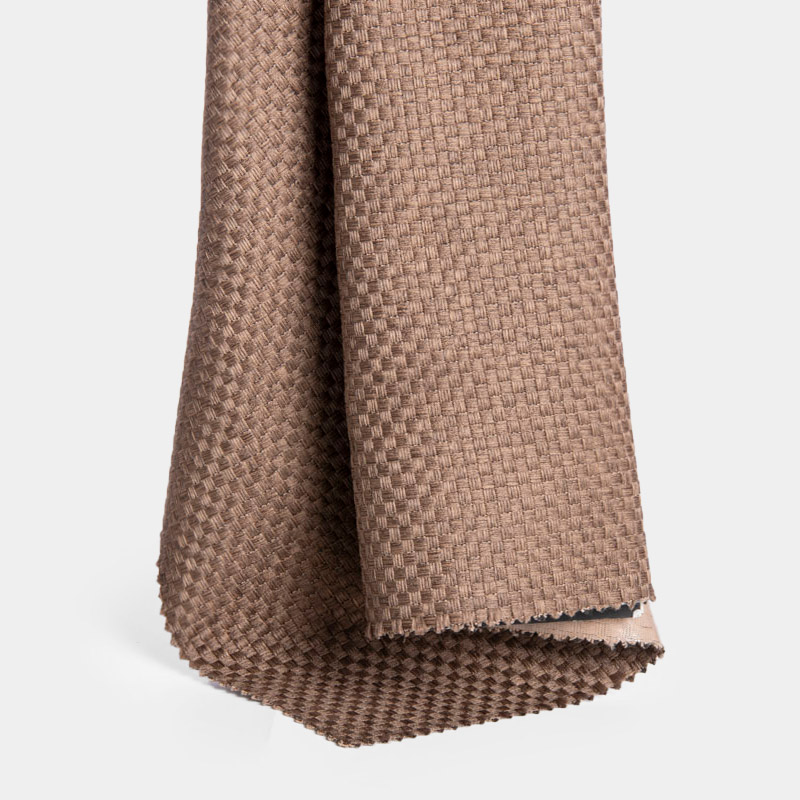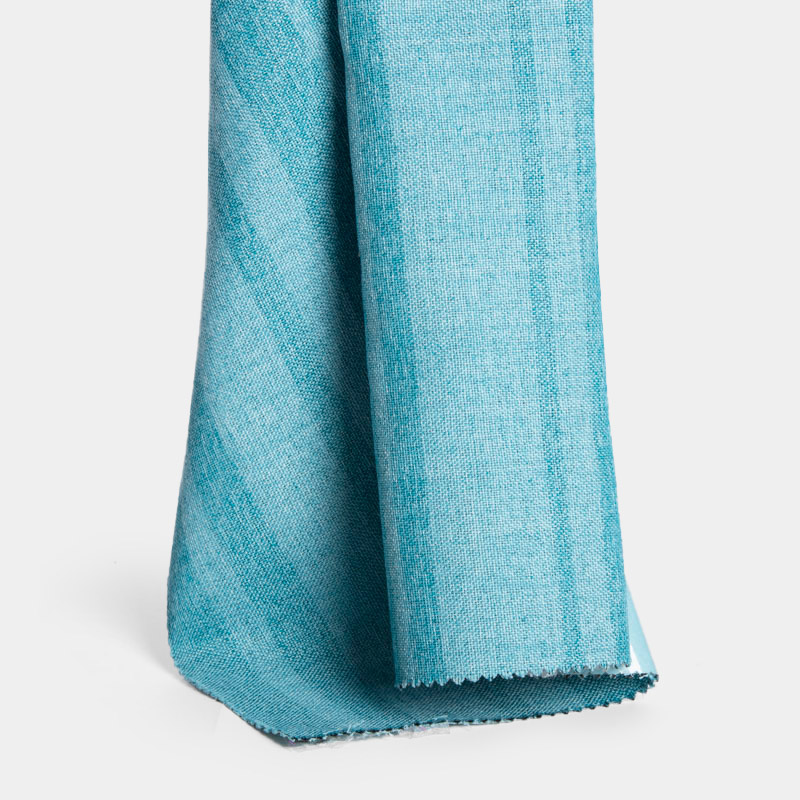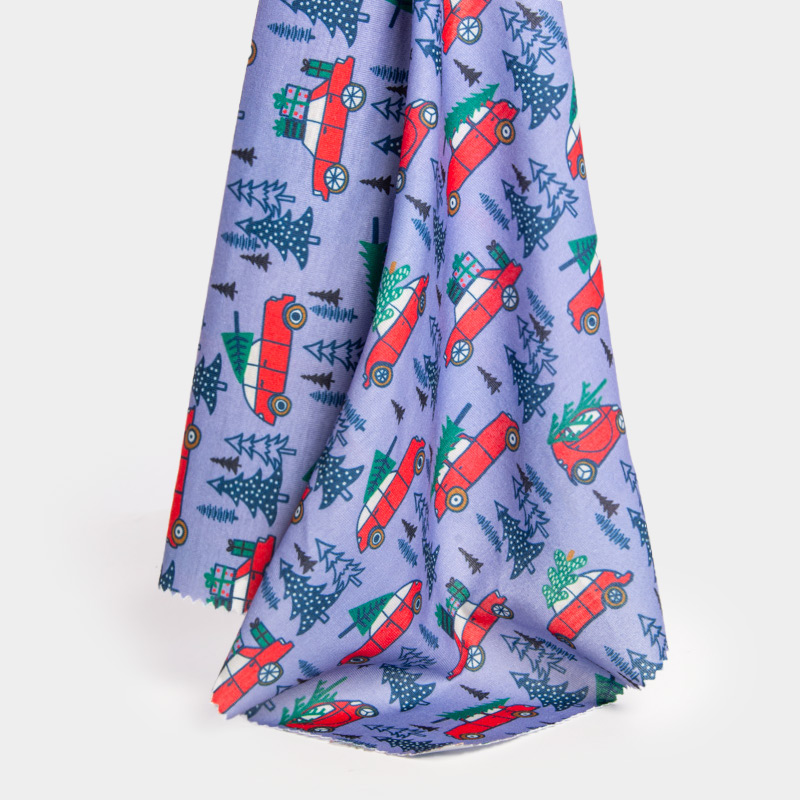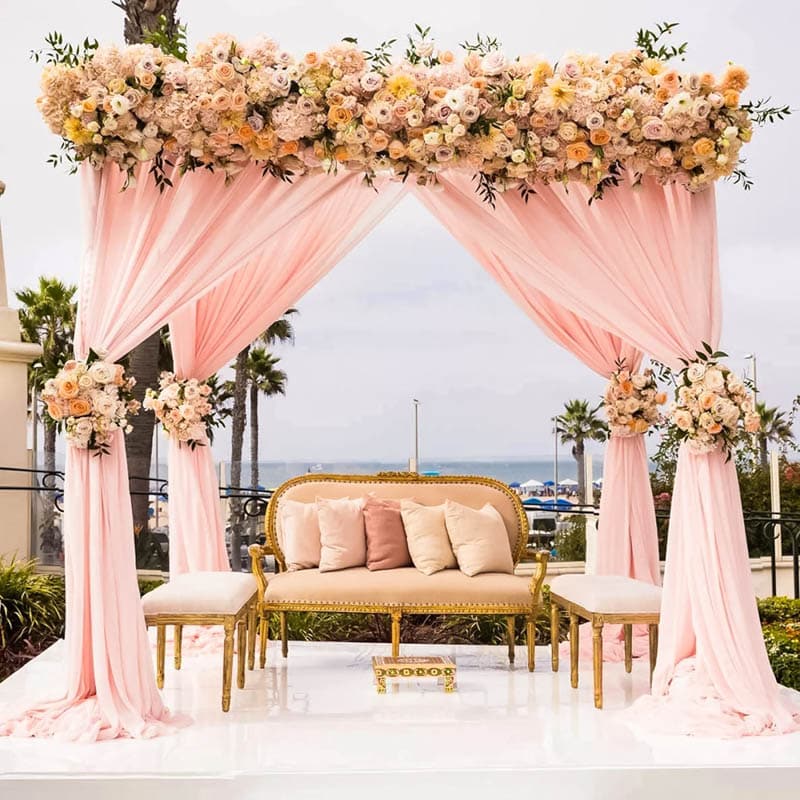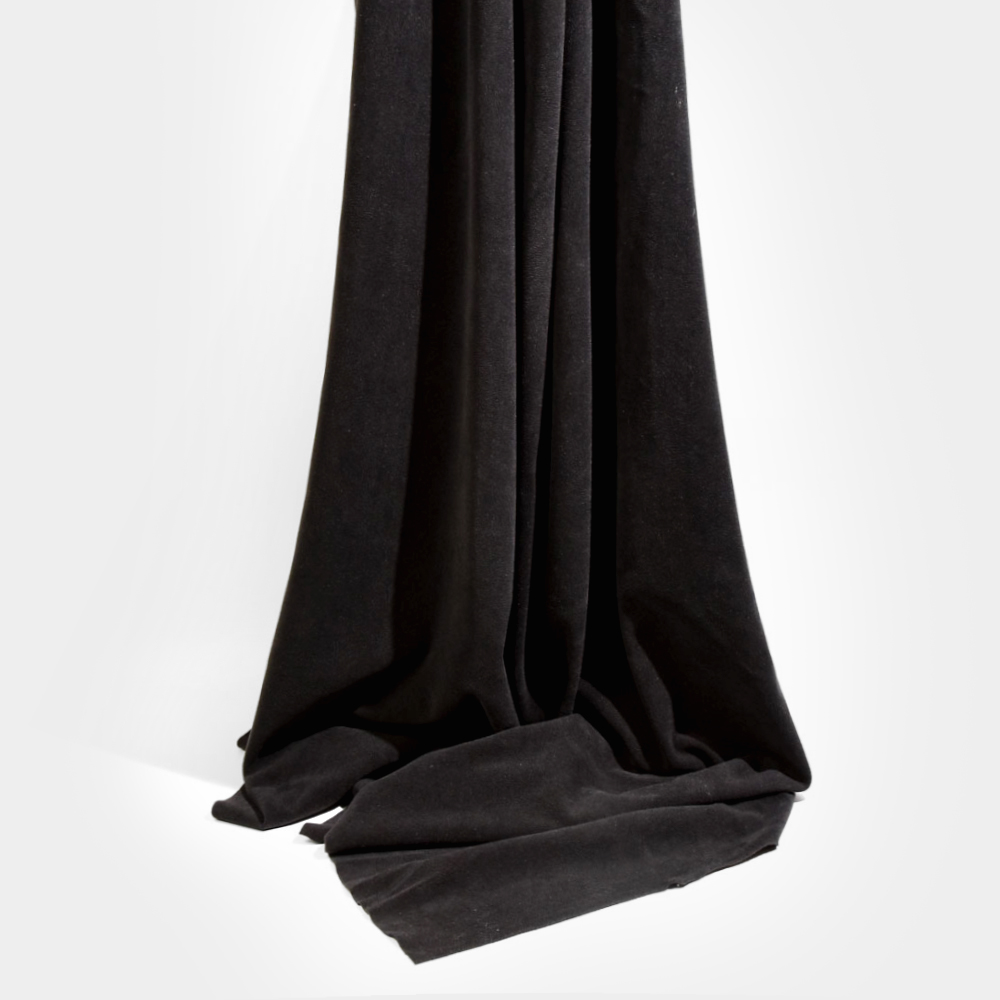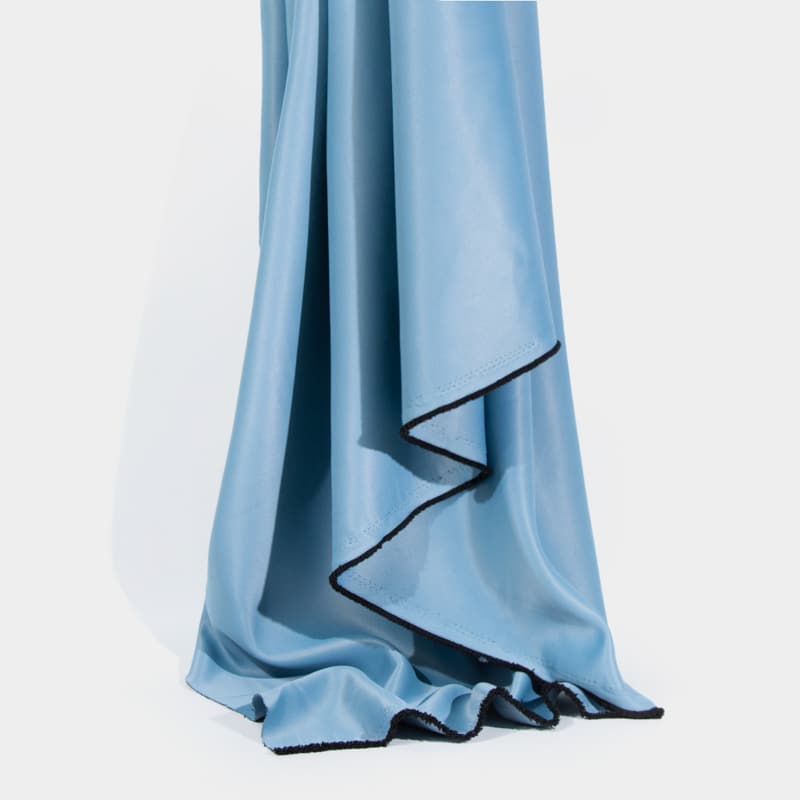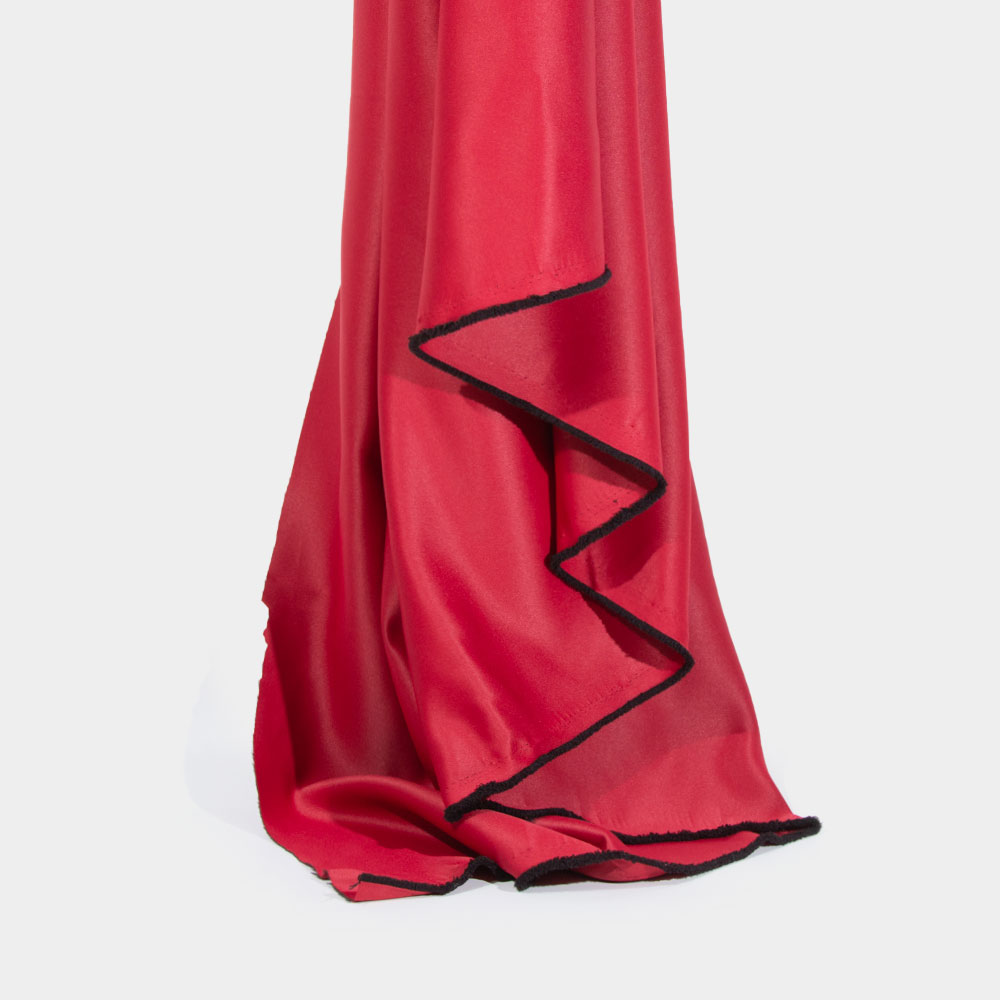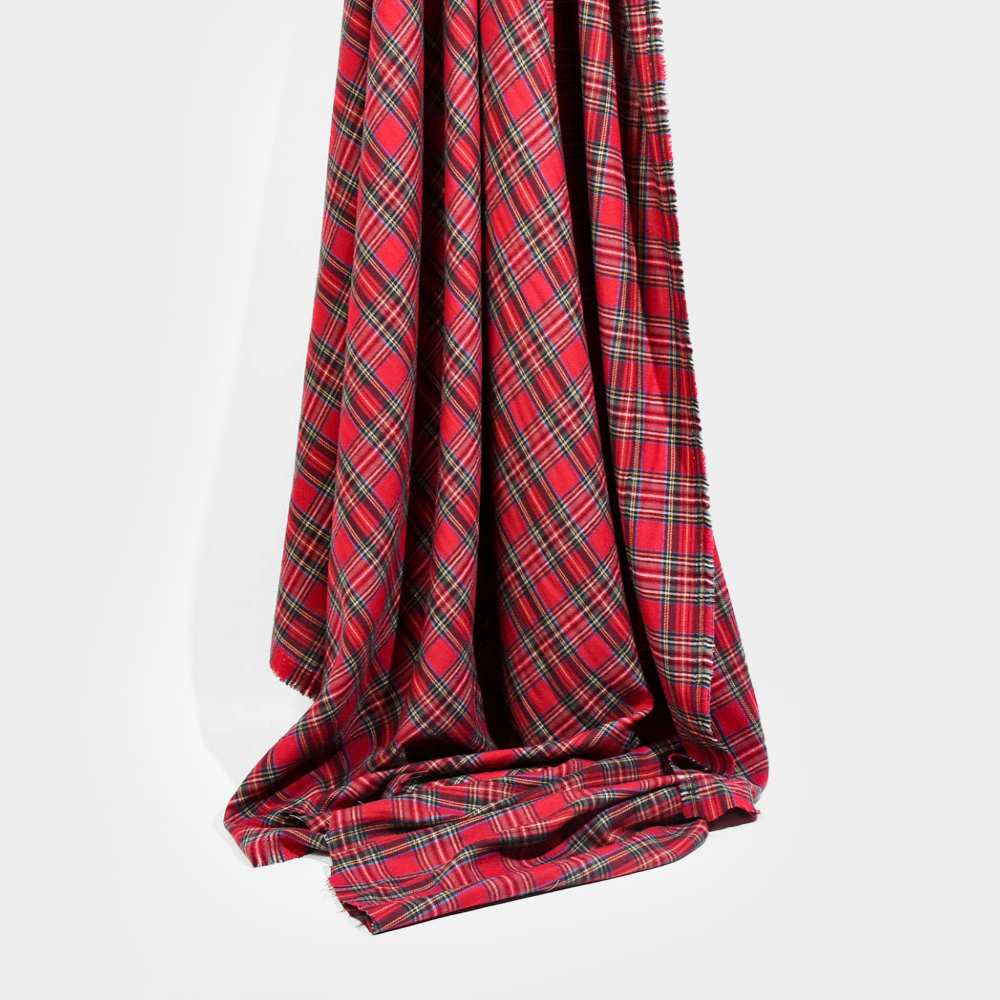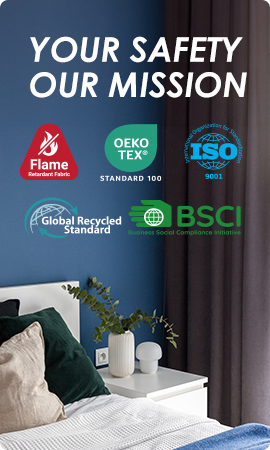Inherent vs Treated: Weighing Longevity and Performance in FR Fabrics
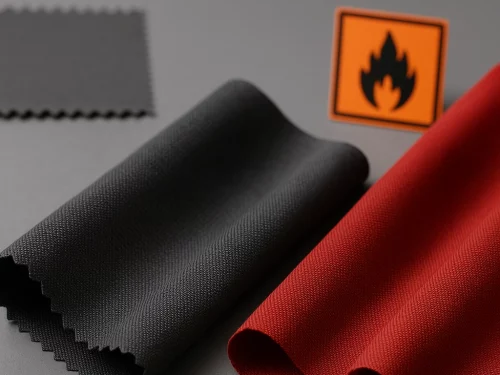
In flame-retardant textiles, the decision between inherent and treated FR fabrics is more than a technical distinction—it directly impacts protection, durability, and compliance. While both serve essential roles, inherent FR fabrics offer more reliable long-term performance, especially in high-risk, high-wear settings. Treated FR fabrics provide flexibility for lower-risk environments. This article compares the two options across critical factors and offers guidance on how to choose what’s best for your application.
What Makes Inherent FR Fabrics Truly Permanent?
Inherent flame retardant (FR) fabrics are made from fibers with built-in flame resistance, meaning their protective qualities won’t wash out or wear off. Treated FR fabrics, in contrast, are standard textiles that receive chemical treatments after production to gain flame resistance. While both can meet safety standards, their performance and longevity differ.
BEGOODTEX offers both options to meet different industry needs, helping clients match the right fabric to their safety, cost, and durability requirements. For demanding environments or critical PPE, inherent options are generally the safer long-term choice.
How Treated vs Inherent FR Fabrics Are Engineered
Inherent FR fabrics use special fibers like aramid or modacrylics that naturally resist flames. These fibers are spun and woven without chemical treatment, making them durable for long-term use. Treated FR fabrics start with materials like cotton or polyester that undergo a flame retardant finishing process, known as flame retardant fabric treatment.
BEGOODTEX uses advanced treatments like Proban® and Pyrovatex® to help treated FR fabrics maintain performance through multiple washes while meeting global standards. Choose inherent when your application demands protection that doesn’t diminish over time.
Pros & Cons: Which Flame Resistance Option Holds Up Best?
Inherent FR fabrics offer long-lasting flame resistance and perform well after repeated washing, making them ideal for harsh environments. Treated FR fabrics provide better comfort and affordability but may lose effectiveness over time.
BEGOODTEX balances these pros and cons by offering both types, but we recommend inherent FR fabrics for customers prioritizing durability and regulatory consistency. For hospitality spaces like curtains for pubs or venues using fire retardant tablecloths, treated options still meet performance needs under BS5867 compliance.
Wash Cycles & Wear: Which Fabric Lasts Longer?
Inherent FR fabrics are chemically stable, meaning their flame protection stays intact throughout their life cycle. Treated FR fabrics have a finite lifespan; harsh washing can degrade their performance.
BEGOODTEX’s treated FR fabrics are designed to last through 50 washes, provided users follow proper care instructions. Still, for industries with daily laundering—such as those using secondary protective clothing— Inherent FR fabrics are the safer investment.
Upfront vs Lifecycle Cost: Which One Saves You More?
Treated FR fabrics are cheaper initially, but inherent FR fabrics often offer better long-term value. With longer lifespans and fewer replacements, inherent FR fabrics may reduce overall expenses in high-wear settings.
BEGOODTEX helps customers evaluate ROI, and for frequent-use PPE, inherent FR fabrics typically win on total cost of ownership. This is especially relevant for bulk curtain fabric procurement or when sourcing from fire retardant yarn manufacturers.
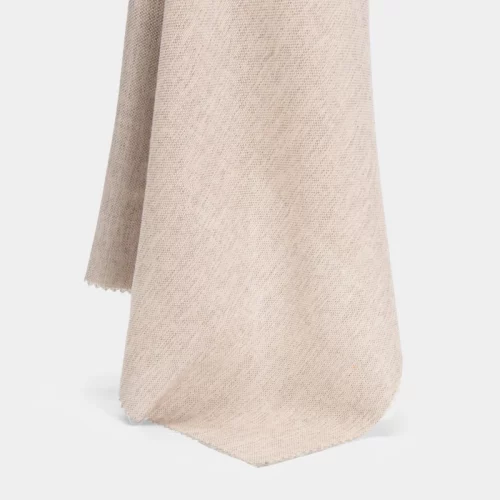
Which FR Fabric Type Fits Your Industry Standards?
The choice between inherent and treated FR fabrics depends on the specific requirements of your industry. Inherent FR fabrics are best for high-risk environments, while treated FR fabrics are suitable for less hazardous applications.
- Inherent FR Fabrics:
- PPE for oil & gas (NFPA 2112, ASTM F1506)
- Electrical utilities and power generation
- Heavy-duty industrial sector
- Treated FR Fabrics:
- Interiors and decoration (BS5867, NFPA 701)
- Public spaces and hospitality (fire retardant tablecloths, curtains for pubs)
- Event and hospitality industries
Inherent or Treated: Which Is Best for Your Safety Needs?
High-risk industries should lean toward inherent FR fabrics for maximum protection and stability. If cost or comfort is the priority and fire exposure is limited, treated FR fabrics may suffice.
BEGOODTEX supports clients in identifying the best option by evaluating factors like risk level, wear frequency, and regulatory requirements. Our recommendation? Prioritize inherent when safety and durability are non-negotiable.
Real-World Results: Why the Right FR Fabric Choice Matters
A South American mining firm switched to inherent FR uniforms from BEGOODTEX and cut garment replacement costs by 35%. Meanwhile, a European hotel group adopted BEGOODTEX’s treated blackout curtains to meet fire codes while preserving visual appeal through a tailored FR fabric fireproofing service.
These examples show that choosing the right FR fabric based on use case leads to better safety, longer product life, and smarter spending.
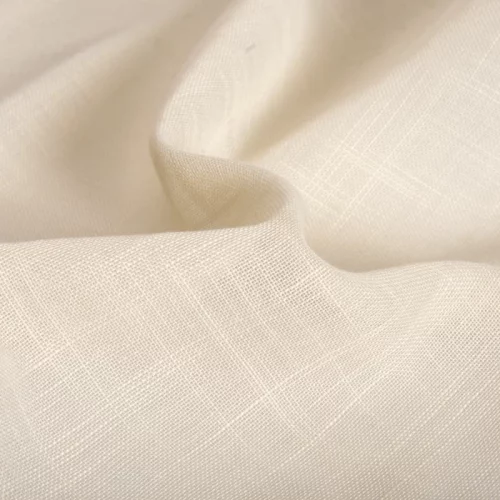
Verdict: When to Choose Inherent vs Treated FR Fabrics
Inherent and treated FR fabrics serve different purposes. Inherent FR fabrics offer superior, lasting protection, while treated ones provide affordable comfort for lighter-duty needs.
BEGOODTEX helps clients make the right choice with certified materials compared with traditional fabrics, technical support, and deep industry expertise. If your application demands consistent protection and compliance, inherent is the safer investment.
| Comparison Factor | Inherent FR fabrics | Treated FR fabrics |
| Flame Retardant Properties | Integrated for lasting protection. | Surface treatment, less durable. |
| Durability | Long-lasting, no reprocessing needed. | Needs reprocessing over time. |
| Comfort and Flexibility | Soft, flexible fabric. | May affect comfort and flexibility. |
| Environmental Friendliness | Can be eco-friendly. | May involve harmful chemicals. |
| Washing Resistance | Resistant to washing, stays effective. | Loses effectiveness after washing. |
| Application Range | Suitable for various environments. | Best for low-risk environments. |
| Cost | Higher initial cost, long-term value. | Lower initial cost, needs reprocessing. |
| Maintenance Difficulty | Easy to maintain. | Requires regular treatment. |
FAQ
Q: Can FR fabrics be customized for decorative use in public venues?
A: Yes. FR fabrics can be engineered to balance fire safety with aesthetic needs. BEGOODTEX offers options like stage velvet, voile chiffon fabric, and gasa fabric that meet fire codes such as BS5867 while maintaining color vibrancy and drape—ideal for public spaces like theaters, hotels, and restaurants.
Q: How do FR fabrics perform in humid or high-moisture environments?
A: Inherent FR fabrics generally retain their flame resistance in humid conditions. Treated fabrics, however, may degrade faster if repeatedly exposed to moisture without proper maintenance. BEGOODTEX recommends pairing FR performance with water-repellent or anti-mildew finishes for such use cases.
Q: Are there eco-friendly or halogen-free options for flame retardant fabric treatment?
A: Absolutely. BEGOODTEX offers halogen-free flame retardant fabric treatment solutions that comply with environmental and human safety standards. These treatments are widely used in applications where low toxicity, recyclability, or green certifications are required.

